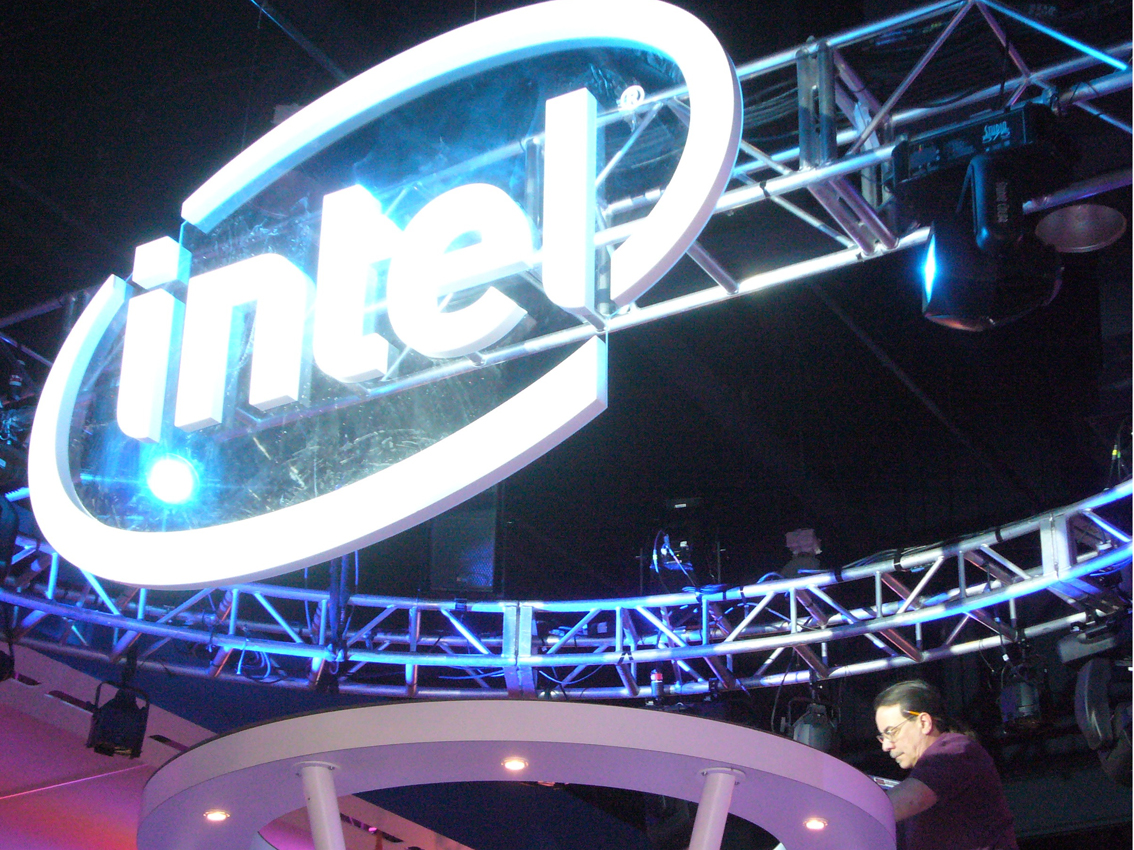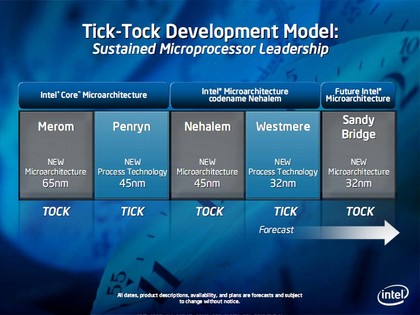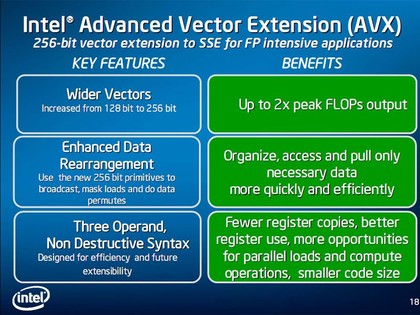Intel Sandy Bridge: what you need to know

Intel's annual IDF techfest in San Francisco kicks off in a few weeks and that means rumours regarding Sandy Bridge specs are reaching a crescendo.
Sandy Bridge is Intel's next-generation PC processor architecture.
That's right, Intel is tooling up for yet another major update of its CPU tech. Frankly, Intel's current Nehalem-class processors are more than powerful enough for most people's needs. More to the point, they're still much faster than anything Intel's main rival AMD can manage.
But Intel's relentless "Tick Tock" strategy demands either a new architecture or a new production node each year. The end of 2009 saw the first 32nm chips rolling out of the fabs. Thus, the dying days of 2010 will see Sandy Bridge kick in.
Sandy Bridge roadmap
Intel hasn't released full details of the Sandy Bridge product family. But putting the hard info Intel has given us together with some of the more solid rumours, it looks certain the first Sandy Bridge chips out of the gate will be dual and quad-core models.
We also know that Sandy Bridge processors will retain Intel's existing Core i3, i5 and i7 branding but will dump the existing three-digit model suffix in favour of a new four-digit "2000" series indicator.
Sign up for breaking news, reviews, opinion, top tech deals, and more.

Thus the entry level chip will be the dual-core 3.1 GHz Core i3-2100, with the quad-core 3.1GHz-Core i5 2400 slotting into the midrange and the 3.4GHz Core i7-2600 quad topping things out at launch. Further dual and quad-core chips will fill in the gaps
Sandy Bridge performance
Six and eight-core chips will also follow later in 2011. But all this talk of core counts and clockspeeds doesn't necessarily tell us much about Sandy Bridge performance. It is an all-new architecture, after all, and that could mean a big boost in core-for-core and clock-for-clock performance.
Problem is, Intel snagged all the low hanging fruit in terms of easy performance gains with the Nehalem architecture. You can only bring features like the memory controller on-die once, for instance. Moreover, we know that Sandy Bridge is not a radical new architecture in the mould of AMD's upcoming Bulldozer [link: ]. Instead, it's a major overhaul of Nehalem.
Sandy Bridge benchmarks
With that in mind, you might not expect any fireworks when the first official benchmark results are published. However, when it comes to floating point performance Sandy Bridge has a trick up its sleeve. Intel has cooked up a new set of instructions known as Advanced Vector Extensions or AVX. Think of AVX as a supercharged version of SSE with data width doubled to 256-bit and you'll get an idea of the potential processing power.

As for all-round CPU performance, reliable numbers are currently hard to come by. However, early engineering samples have begun to leak into the wild. If the handful of benchmarks posted on web forums can be believed, a 2.5GHz quad-core Sandy Bridge processor delivers performance equivalent to a quad-core Nehalem-class chip running north of 3GHz. If true, Intel will have worked some serious magic.
Sandy Bridge graphics
The final major piece of the Sandy Bridge puzzle is graphics. Both dual and quad-core flavours of Sandy Bridge will be available with a graphics core integrated into the CPU die itself. Early die shots indicate the core is compact, only occupying a small proportion of the overall die. That's in contrast to AMD's first CPU-GPU "fusion" processor, which purportedly packs a massive graphics core.
What's more, Intel has been up front about the fact that the new core is derived from Intel's existing integrated graphics technology. We'll have to wait for the next major architectural shift before the influence of Intel's stillborn Larrabee graphics project can be detected in its integrated graphics cores. Despite all that, TechRadar's spies inside the Intel mothership tell us to expect something a little bit special from Sandy Bridge's graphics performance. Time will tell.
Sandy Bridge release date
Intel has yet to ink in a firm release date. No doubt we'll get a better idea of the launch schedule at IDF in September. However, Intel's rough plan is to begin shipping chips to customers before the end of the year with retail sales beginning either in very late 2010 or early 2011. Look out for our full Sandy Bridge review then.
Technology and cars. Increasingly the twain shall meet. Which is handy, because Jeremy (Twitter) is addicted to both. Long-time tech journalist, former editor of iCar magazine and incumbent car guru for T3 magazine, Jeremy reckons in-car technology is about to go thermonuclear. No, not exploding cars. That would be silly. And dangerous. But rather an explosive period of unprecedented innovation. Enjoy the ride.